Auckland Museum
Bad weather was predicted for the next day, so we decided to return to Auckland Domain and visit the Auckland Museum. As you can see from these pictures, taken on the museum steps, the bad weather never materialized.
Bad weather was predicted for the next day, so we decided to return to Auckland Domain and visit the Auckland Museum. As you can see from these pictures, taken on the museum steps, the bad weather never materialized.


When I was researching the museum before our visit, I was a bit confused because sometimes it is called the Auckland War Memorial Museum, and at other times it is simply referred to as the Auckland Museum. Were there two museums or one?
It seems that Auckland Museum was initially established in 1852 in a farm workers' cottage where the University of Auckland is now located. The collection slowly grew and was eventually moved into a building on Princes Street near Government House, but the lighting in the exhibition hall was very bad and the building was uncomfortably cold in the winter and much too warm in the summer.
After World War I, when funds were being raised for a war memorial, the decision was made to combine that project with building a new home for the museum. A world-wide architectural competition was held, and the construction of the current much-touted building was completed in 1929.
This Māori ceremonial structure is the first thing we saw when we entered the exhibition hall.



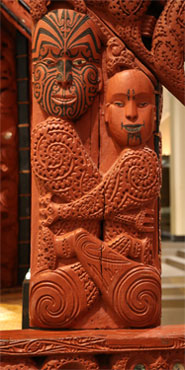
One of the special exhibits during our visit was entitled "Wild Child". An introduction to the exhibit bemoaned the loss of the independent, adventurous children who grew up in the 19th century before adults had time to focus on and control their lives.
In addition to the creepy doll in the second row, the exhibit included Rajah, the unfortunate elephant. This is his story.
Rajah, a 13 year old male Indian elephant weighing four tonnes, was bought by Auckland Zoo in 1930. The plan was that he provide rides on his back for visitors to the zoo, like properly tamed elephants. But Rajah was not properly tamed, and could not be made to give rides.
On 9 March 1936, amid fears that he was becoming more and more dangerous, Rajah was executed by a keeper.
Rajah was then prepared for an after-life as a museum exhibit - he took taxidermist C. W. Dover seven months to stuff. He was then displayed for many years here in the Auckland Museum, but was put into storage in the early 1990's.
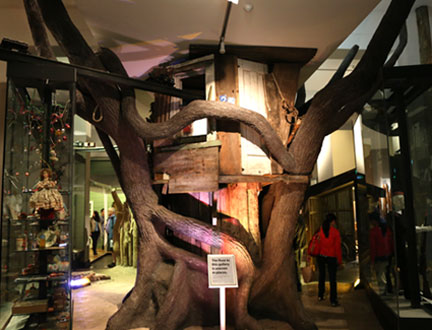
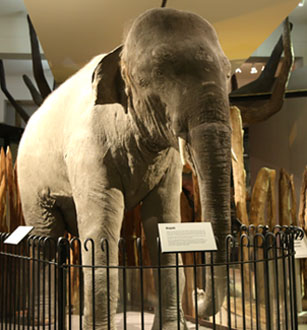
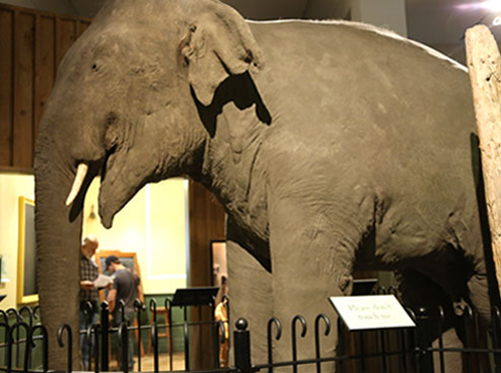

The large pictures below are the walls of a Māori meeting house built in 1878 at Thames. The picture on the center row left is scrimshaw on a whale tooth.



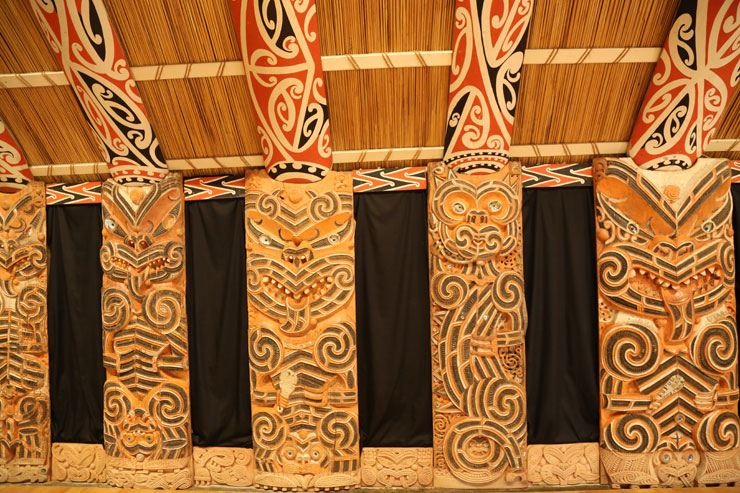
We enjoyed lunch is a very nice cafe inside the building. Would you guess that the picture on your left is Walt's steak sandwich and the one on your right is my BLT?

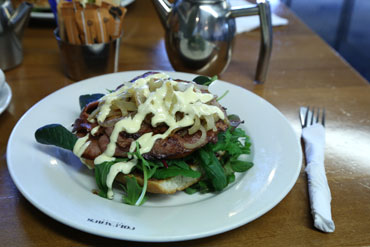
In the picture below, Walt is standing in front of a display case containing the now-extinct moa - a flightless bird that could grow to 12 feet in height and weigh 510 lb. In the center is a dress that proports to be "Contemporary Japanese Fashion". It would be impossible to improve upon the museum's description, so here it is:
Japanese-born Rei Kawakubo did not train as a fashion designer. After working in a textile company, Kawakubo went on to be a freelance stylist in 1967, eventually founding her Comme des Garcons label in 1973.
The presentation of her collection in Paris in 1981 was greeted with amazement as Kawakubo's clothes subverted regular conventions. By restricting her palette to black and indigo blue Kawakubo focused on line, form and silhouette. Her style was soon dubbed by the fashion press as the 'Post Hiroshima Look'.
Kawakubo has stated that she "designs for strong women who attract men with their minds rather than their bodies."



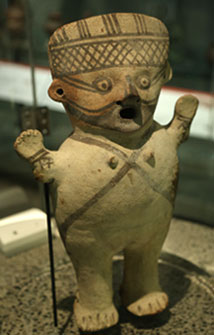
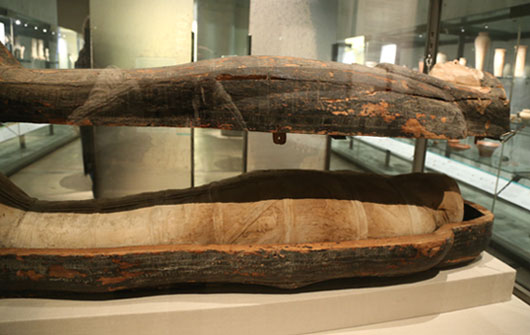
We spent several enjoyable hours exploring the museum's many exhibits.